Ginger
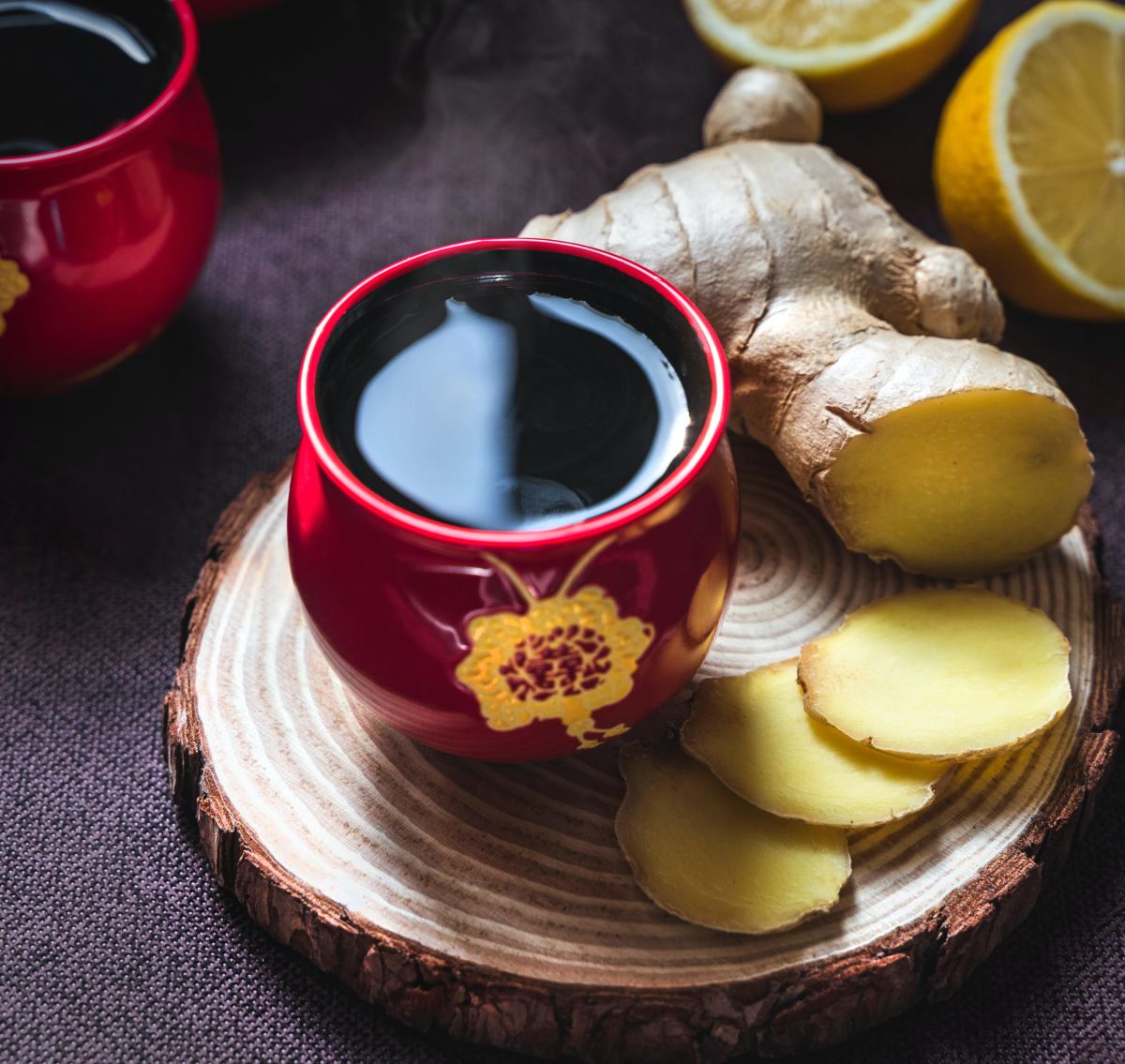
Although studies are relatively limited in scope and size, ginger has largely been shown to be an effective strategy for reducing nausea and vomiting during early pregnancy for some women.
Studies have assessed ginger’s effectiveness in capsules, powder, syrup, biscuits, and root; most studies used ginger capsules at 1,000 milligrams (mg) (250 mg, four times per day).
However, these forms are rarely compared to each other. Most studies selected only one and compared it to placebo or Vitamin B6. Therefore, the most effective method of taking ginger is not known, and women may find swallowing capsules four times a day very difficult.
Regarding safety, although dozens have studies have shown very few adverse effects, bleeding is currently a likely “theoretical” but possible risk. However, almost all studies indicate that more research is needed in larger groups of women to determine any possible risk of bleeding during pregnancy associated with ginger.
Ginger can also cause heartburn, stomach irritation, drowsiness, headache, and dehydration, and can also interact with certain medications.
Although most obstetric organizations recommend ginger as a first-line therapy for reducing NVP symptoms, women should talk to their HCP prior to taking any form of ginger, especially capsules.
Background
Although the active component of ginger that leads to its antiemetic (anti-nausea) properties is not completely understood, ginger has been used in many different cultures for hundreds of years to help cure nausea – to include during pregnancy – and many studies have demonstrated its effectiveness.
Ginger is an important topic to research regarding NVP as it may provide many women an alternative to medication. However, it is a polarizing spice, and the debate lies in the most effective method of consuming ginger. Some women cannot stand its taste, and therefore it may or may not be worth “forcing down” for its anti-nausea effect.
Ginger comes in different forms, which are rarely compared to each other in published research; the difference of effectiveness between ginger powder in tea or soda, or ginger gum, candies, cookies, and capsules is not known. The leading form may be ginger capsules, however, women may find capsules incredibly difficult to swallow, in addition to taking them four times per day (at 250 mg, the current recommendation).
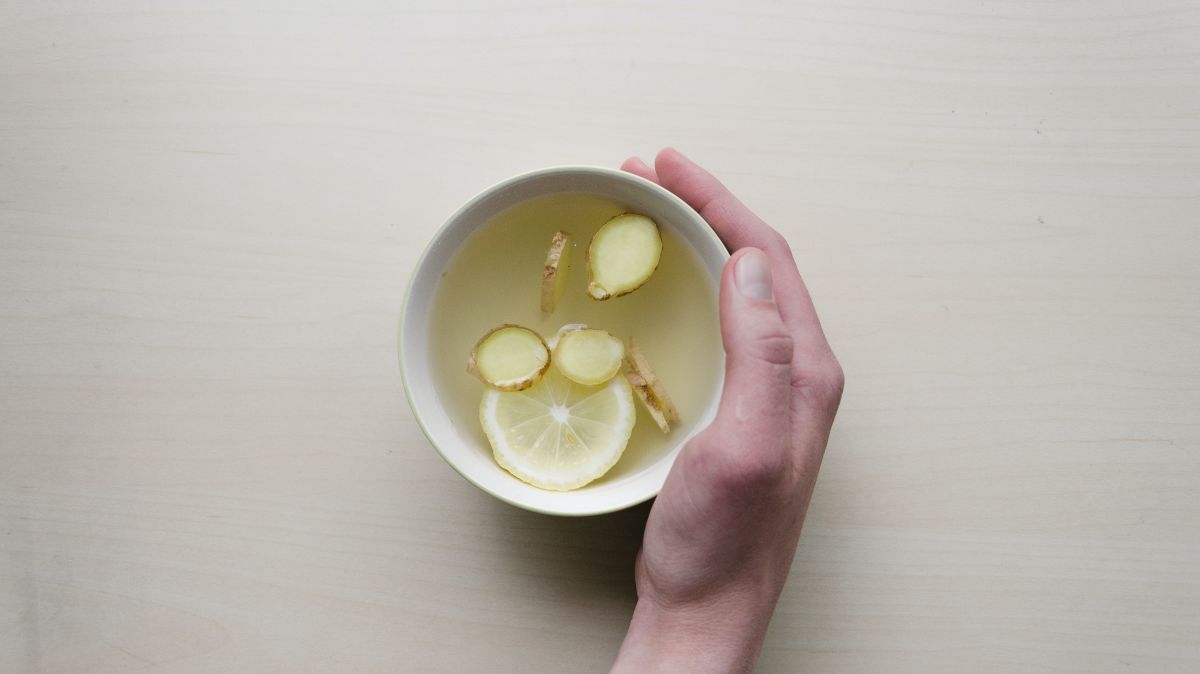
Effectiveness
Overall, it appears ginger may be beneficial in the reduction of nausea symptoms but may not be as effective at relieving vomiting (nausea and vomiting are different physiological processes). Ginger is also likely very comparable to B6, but they are often recommended together, so this differentiation is difficult to assess.
Although still being researched, ginger is believed to help improve NVP by stimulating gastrointestinal (GI) tract motility and increasing the flow of saliva, bile, and gastric secretions to aid in digestion. Another component of ginger has been shown to have 5-HT3 antagonist activity, similar to ondansetron (Zofran®). This latter component may decrease stimuli to the vomiting center of the brain.
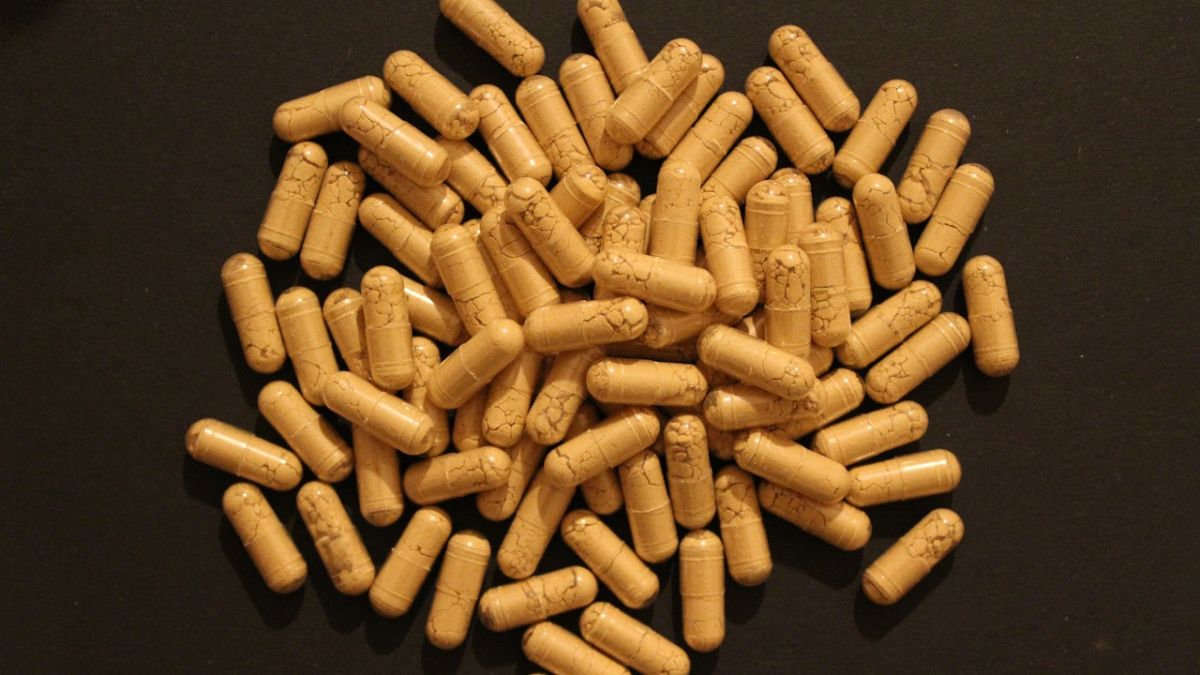
The effectiveness of ginger has been evaluated in ginger powder, root, capsules, biscuits, and syrup; most studies evaluated ginger against B6 or a placebo. It may be necessary to research different forms of ginger against each other to find the most optimal method, especially in women who cannot tolerate ginger capsules.
Most studies evaluated 1,000 mg (1 gram) of ginger capsules (250 mg four times/day) which were routinely found to relieve symptoms better than placebo. However, it could take several days before women begin to feel relief; further, it is easy to take too much, and some women may experience unwanted side effects.
Safety
Safety is still a concern when consuming significant amounts of ginger, and not all studies have shown it to be effective for NVP. Therefore, women need to have a risks and benefits conversation with their HCP prior to taking any form of ginger for their symptoms.
Ginger has been associated with cardiac arrhythmias, sweating, thirst, dehydration, duodenal ulcer, diarrhea, mild headache, drowsiness, heartburn, fever, mild skin itching, belching, and interactions with various medications.
Further, although some research indicates bleeding risk is “theoretical”, ginger has also been associated with decreased aggregation of platelets, or activity similar to aspirin. However, this risk is based on very limited clinical evidence, and of the numerous studies conducted on ginger consumption in the first trimester, these effects were not observed. It is currently assessed that ginger has no apparent teratogenic potential up to a daily dose of 1 gram.
Regardless, out of caution, ginger may be contraindicated in women close to labor or in those with a history of miscarriage (highly inconsistent), vaginal bleeding, or clotting disorders.
While ginger appears to be safe during early pregnancy when used properly and at the direction of an HCP, the most optimal dose and length of treatment is still not known. Women need to talk to their HCP about how long they should take the capsules; it is likely ginger from food is much lower than 1,000 mg, but women should also discuss this with their HCP, especially if they are also taking capsules.
Guidelines and Recommendations
Ginger is the single nonpharmacologic intervention recommended by the American College of Obstetrics and Gynecology (ACOG). While ACOG acknowledged there is still limited and inconsistent evidence, it specifically recommends ginger 250 mg capsules four times per day prior to trying pharmacological options. ACOG also recommends acupressure wristbands at the same time.
The United Kingdom’s (U.K.) National Health Service, through the National Institute for Health and Clinical Excellence, has included ginger as an acceptable first-step treatment for NVP.
The U.K. Royal College of Obstetricians and Gynaecologists' (RCOG) 2016 NVP guidelines recommended ginger for NVP, specifically for women wishing to avoid antiemetics. RCOG also noted the possible adverse effects of its use, to include a possible anticoagulant effect, stomach irritation, and potential interaction with beta blockers and benzodiazepines.
The Society of Obstetric Medicine of Australia and New Zealand recommends ginger plus vitamin B6 for first line treatment of mild NVP.
The Society of Obstetricians and Gynecologists of Canada recommends ginger for the reduction of NVP symptoms prior to Vitamin B6.
Action
Although most obstetric organizations recommend ginger as a first-line therapy for reducing NVP symptoms, women should talk to their HCP prior to taking any form of ginger, especially capsules. Ginger can cause heartburn, stomach irritation, drowsiness, headache, and dehydration, and can also interact with certain medications.
For women who are interested in using ginger, there are numerous ways women can try to incorporate the spice into their diet, instead of swallowing capsules. However, it remains unclear whether smaller amounts of ginger would have the same effect as 250 mg capsules.
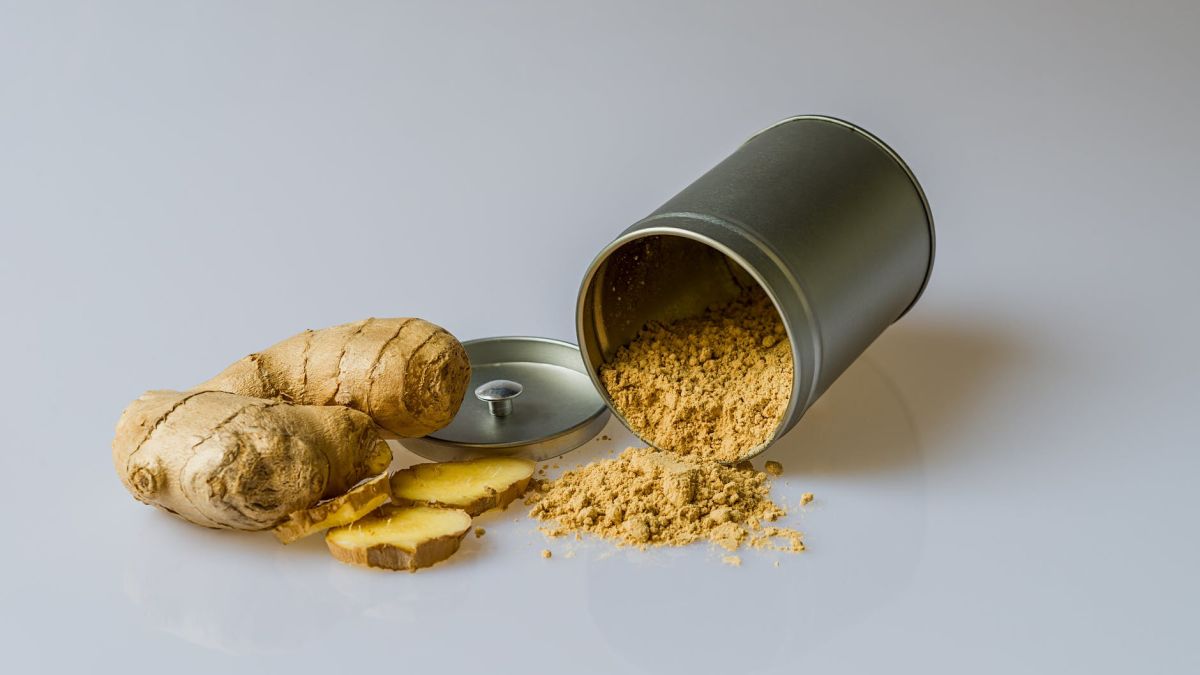
A wide variety of ginger teas, gums, candies, cookies, breads, and chews are online and in stores. Women should be wary of where they purchase these items, to include well-known Internet warehouses. Women should research the individual seller and make sure they are receiving dietary products from a reliable source. Further, it is not always possible to determine how much – or how little – ginger is in each food product.
When buying and storing fresh ginger, women, their partners, or family members should:
Pick a root (rhizome) that is firm, plump, and dry. Make sure not to see any major defects or mold. Roots without too many knobs or “fingers” will work better and be easier to peel.
Ginger root can be kept out on a counter (room temperature) for up to a week before it begins to soften. However, cut ginger cannot be stored at room temperature, or it will quickly deteriorate.
The cut ends of the ginger root should be dried with a paper towel before placed in the refrigerator. Cut slices can be dried off the same way.
Whole ginger root can be stored in the refrigerator up to a month with all the air removed from a sealed bag. Therefore, instead of cutting up the root into slices and storing the slices, it is often recommended the whole root be refrigerated and only what is necessary be cut at one time.
A ginger root can also be stored in a freezer bag in the freezer for up to six months (even if some of it has been peeled). It can be taken out of the freezer and immediately grated, without a need to be thawed. It will need to be thawed however, prior to slicing.
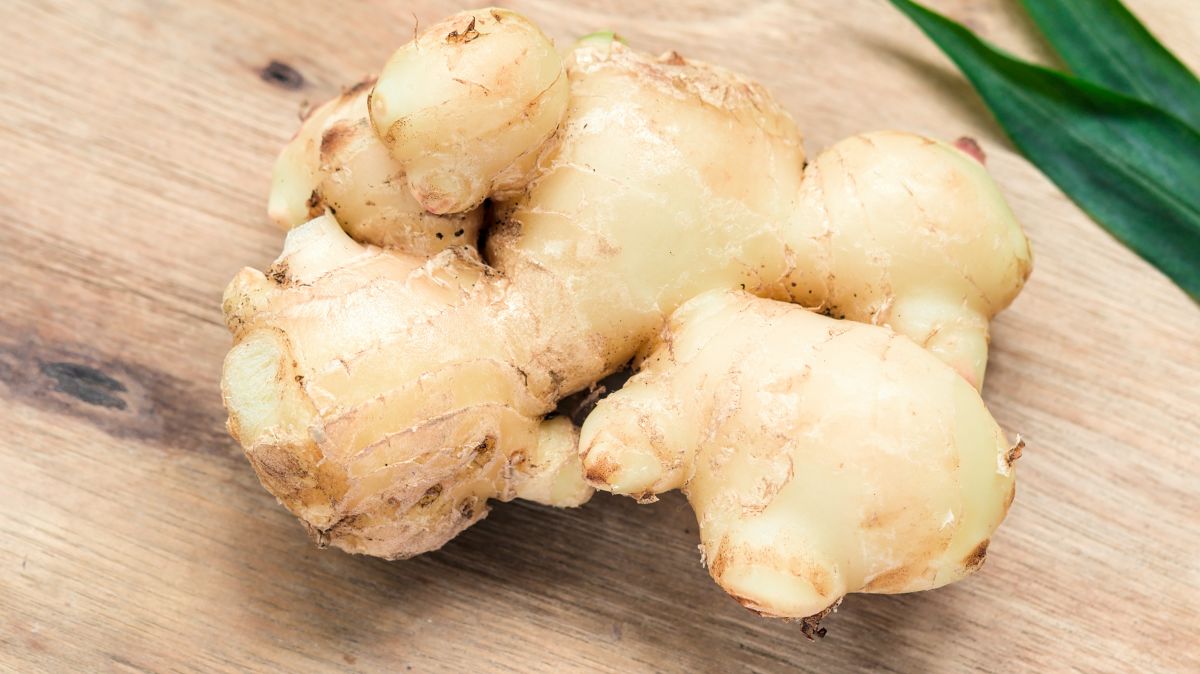
When using ginger, women, their partners, or family members should:
Wash the root well under running water.
Use the edge of a spoon to peel away the skin; if the skin is too tough, a paring knife or vegetable grater may need to be used. Breaking off a lobe of the ginger root and peeling it away may be a good starting point.
Peel away only the amount of skin necessary, as the entire root will store better if most of the skin is left on.
Cut the root into slices, "coins", or grate it.
Women should also consider sharing their NVP experience below, especially if (and how) they used ginger to help their symptoms.
Partners/Support
If a pregnant woman is taking ginger capsules four times a day, her partner should help her keep track of when she has taken each dose. In can be easy for women to forget doses when dealing with symptoms all day, as well as handling prenatal vitamins, supplements, or possible other antiemetics/medications. This can also help prevent women from taking an accidental extra dose or doses too close together.
Partners should also help buy, cut, and store ginger if she uses it for tea or other warm beverages/foods.
Resources
Morning Sickness: Nausea and Vomiting of Pregnancy (includes Ginger) (American College of Obstetricians and Gynecologists; May 2020)
Ginger (National Center for Complementary and Integrative Health)